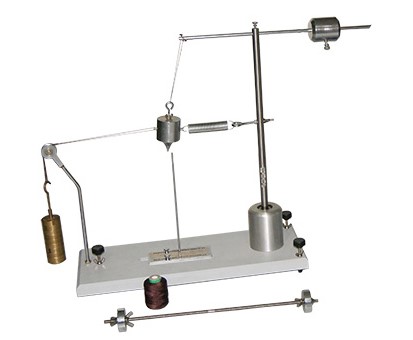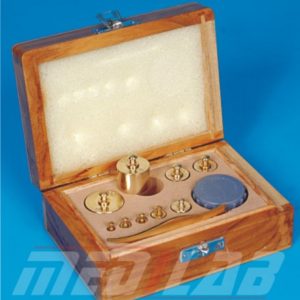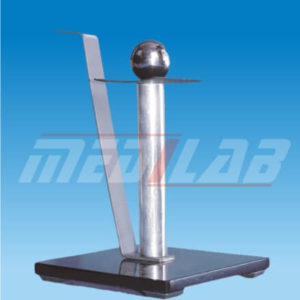Description
A Centripetal Force Apparatus is a physics laboratory instrument used to study the principles of centripetal force and circular motion. The apparatus consists of a vertical stand or support with a horizontal rotating arm. At the end of the rotating arm, a vertical spindle is mounted to hold a rotating mass or weight. The mass can be adjusted to change the magnitude of the centripetal force.
To use the Centripetal Force Apparatus, the mass is attached to the spindle and the arm is set into motion. The mass moves in a circular path due to the centripetal force provided by the tension in the string or wire that connects the mass to the center of rotation. By measuring the speed and radius of the circular motion, and the mass of the rotating mass, the centripetal force can be calculated using the formula Fc = mv^2/r, where Fc is the centripetal force, m is the mass of the rotating mass, v is the speed of the circular motion, and r is the radius of the circular path.
The Centripetal Force Apparatus is widely used in physics education, from high school to university level, to conduct experiments on circular motion, centripetal force, and Newton’s laws of motion. It provides a simple and effective way to demonstrate the fundamental principles of physics and helps students to understand the relationship between force, mass, and motion.







